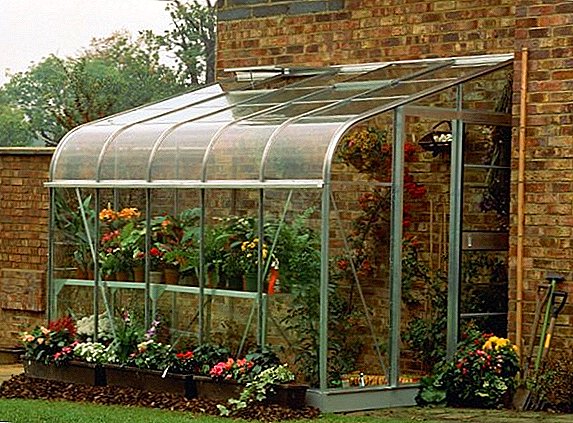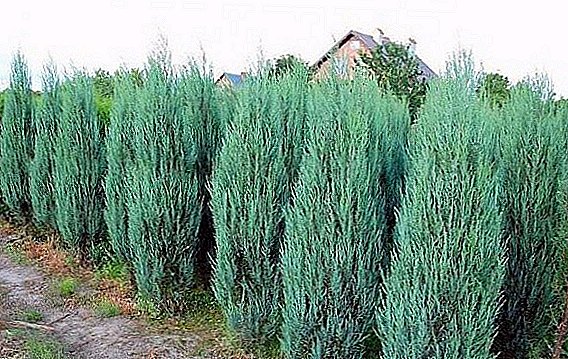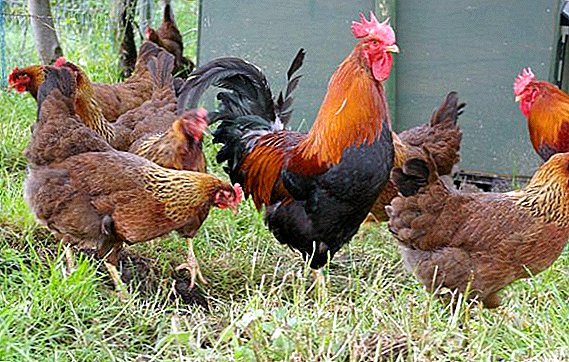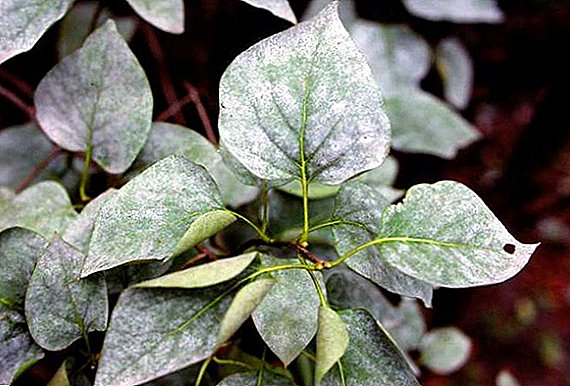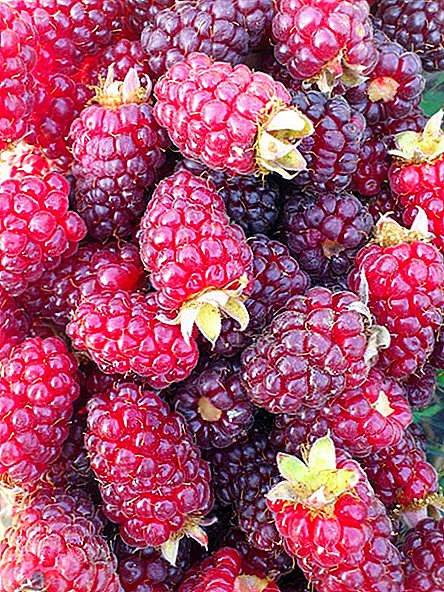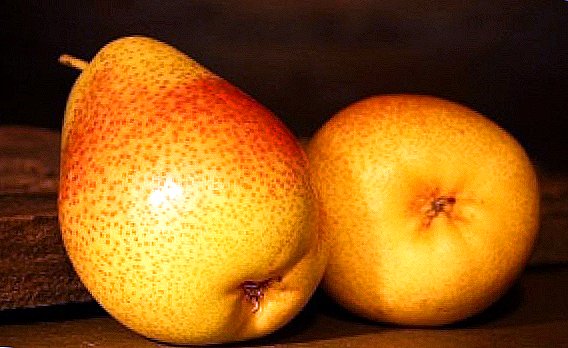
Pear is a very delicate plant that requires regular and thorough care. In particular, this applies to the autumn period and preparation for winter.
Since many pear varieties do not tolerate low temperatures poorly, autumn care should be especially literate, taking into account all the important points.
Properly care for the soil
Good and fertile soil - one of the most important components that provide wood strength and yield. Soil care is most often carried out in the spring. After all, if you apply fertilizer to the ground, the tree will start to grow, and not fall asleep before winter. However, many gardeners tend to feed the tree in the fall, not for growth, but to help it successfully survive the harsh winter.
What fertilizers should be applied in the fall?
In order for the tree to not be so terrible cold autumn pear feed fertilizers such as potassium sulfate and superphosphate. Fertilizer should be placed in a ditch dug around a tree trunk. The depth of such a moat should be about 20 centimeters, which will speed up the delivery of minerals to the roots of the pear. The amount of fertilizer should not exceed one tablespoon per square meter of grove.
In addition, many gardeners in front of the frost cover the moat, around the trunk of the pear, mixed with peat humus. However, it is necessary to lay it at such a time that all the nutrients and substances needed by the tree get to the roots only by spring.
We provide wood with oxygen
To ensure that a sufficient amount of oxygen is supplied to the roots of the tree in the long winter period, it is worth in the autumn carefully dig and loosen the ground. This should be done directly around the tree trunk, retreating in diameter by about 1 meter.
This procedure is also useful in order that under a dense layer of snow and, possibly, ice, the ground during the winter did not have time to become very dense and damage the roots.
Also interesting to read tips on planting pears.
Autumn pear care includes pruning

Many ask the question "Is it possible to cut a pear in the fall?". Trim trees in the autumn in most cases Not recommended. The reason for this position is risk of frostbite cut branches. However, many gardeners still resort to such actions, since it is autumn pruning that contributes to the formation of the correct shape of the tree, the abundance of the crop and makes it convenient to collect it.
After pruning, the branches should be treated with garden pitch or another solution that will save the "wound" from infection. The trimmed branches are burned, since they can store various pests.
How to protect the pear in cold periods?
Sunshade protection
In order that after leaving the state of winter calm, the bark of the trees should not suffer from the abundant sunlight, trunk wood to whiten. Whitewashing can be used both purchased in the store, and made independently (we mix 1.5 kilograms of clay and 2-2.5 kilograms of lime into a bucket of water). It is necessary to apply whitewash from the lower branches to the bottom of the trunk. If you care for a seedling - it can be whitened completely.
Increase the winter hardiness of pears
As stated above, before the onset of cold weather and frost is recommended carefully dig up and water the ground around the trunk of a pear. After that, the ground is laid mixed with peat humus, or simple sawdust. The thickness of the mulch layer should reach about 15-25 centimeters, which will reliably ensure the protection of the roots.
In winter, the tree is also protected from frost by the snow, so if the winter turned out to be snow-free, try to independently podgresti snow to the tree trunk.
Fighting pests

In autumn and winter, various species become especially active. pestswho wish to feast on delicious roots and bark of pear. To fight follows with them wrap a tree trunk barbed wire or spruce branches.
It will help to overcome various diseases by burning the fallen leaves and cut branches. Also, whitewashing will positively affect the pear's immunity in the fall.
How to prepare a tree for winter?
Special attention in the preparation for the winter deserve young trees and seedlingsbecause they are easiest may suffer from frost.
Experienced gardeners before winter bind the branches young tree together. This allows to save their against risk of damage from the frosty winter wind. The tree trunk itself is tied to a peg stuck at its base to also protect it from strong winds. Sometimes, each branch of a tree is tied to individual pegs.
Do not forget also plentifully water the tree before winter and cover the ground around the trunk with mulch (for a seedling, the thickness of the layer can be 30 centimeters). Again, do not forget to scoop up the snow and make sure that ice does not form on its surface (it will prevent oxygen from reaching the roots).
It is not necessary to replant young trees for the winter, because in this way you put it at great risk.



